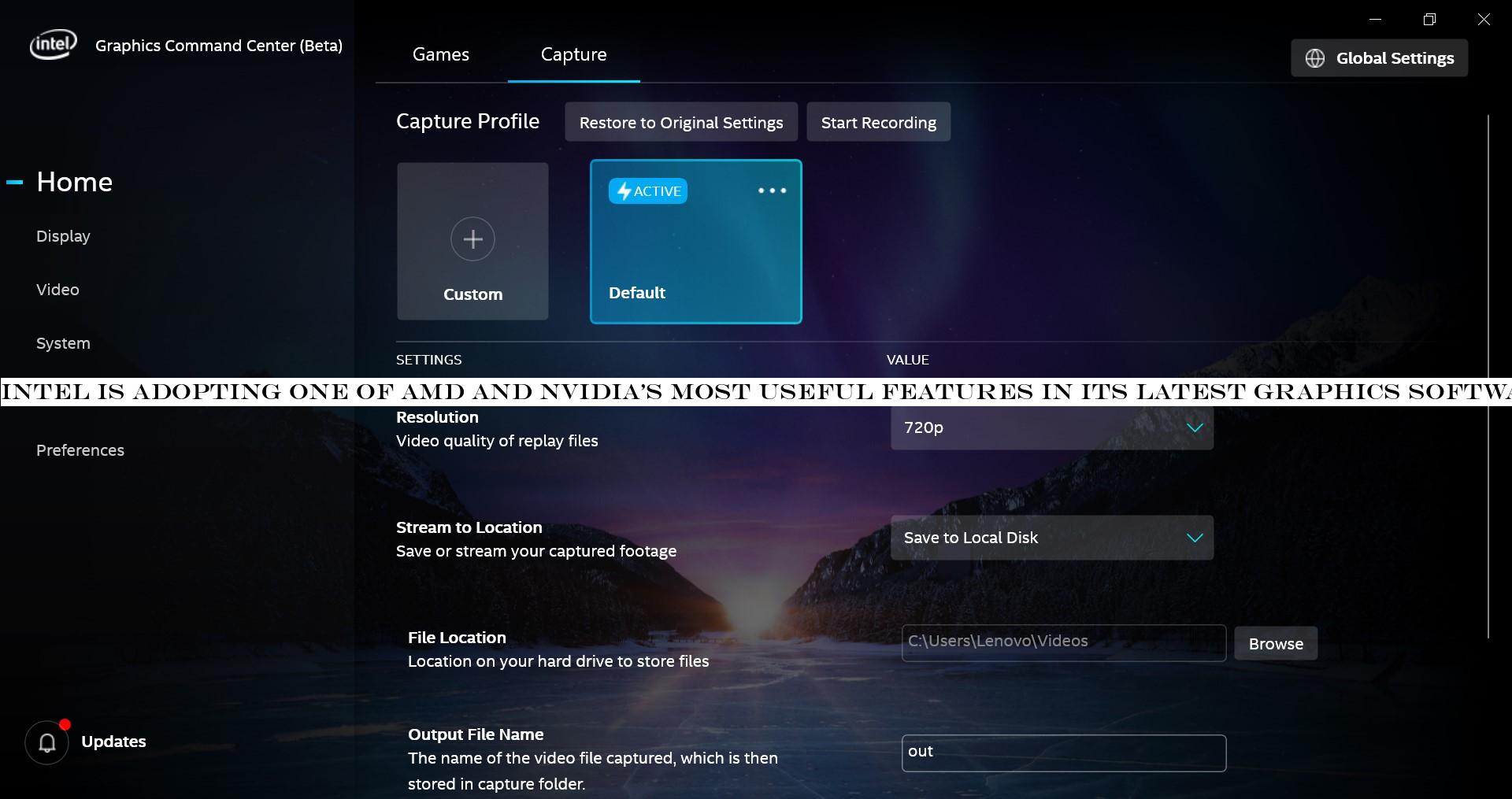Music
Trailers
DailyVideos
India
Pakistan
Afghanistan
Bangladesh
Srilanka
Nepal
Thailand
StockMarket
Business
Technology
Startup
Trending Videos
Coupons
Football
Search
Download App in Playstore
Download App
Best Collections
Technology


During the Huawei Mate Xs reveal in lieu of an MWC 2020 debut, a Huawei executive spoke to TrustedReviews and noted that the Chinese tech company had, indeed, thought about making its own Samsung Z Flip-style clamshell foldable. But Huawei rejected it for not providing more display real estate, it seems.
“If you open it up and there [isn’t] more sma
- Details
- Category: Technology Today
Read more: Huawei considered a Samsung Z Flip shape, but wanted ‘more smartphone’
Write comment (97 Comments)
March Madness 2020 is just around the corner (March 17 to be exact), and that means it's a fantastic time to find incredible TV deals. You can find price cuts on a range of 4K TVs from top brands like Samsung, LG, Sony, and more. To help you sort through all offers, we've rounded up the best March Madness TV sales from Best Buy, Walmart, and
- Details
- Category: Technology Today
Read more: The best March Madness TV sales: 4K TV deals from Best Buy, Walmart and Amazon
Write comment (100 Comments)
Anyone who hasn’t been living under a rock for the past two months is well aware of the impact the novel deadly coronavirus has had on everything, including the computing world.
Entire factories in China have already been forced to shut down, halting production of not just tech products, but also parts and components needed for those items.
- Details
- Category: Technology Today
Read more: Coronavirus could lead to a decline in PC sales this year, according to IDC report
Write comment (96 Comments)

Facebook has filed a federal lawsuit in California against the New Jersey-based data analytics firm OneAudience claiming it allegedly harvested data from the social network.
The social networking giant claims that the firm paid app developers to install its Software Development Kit (SDK) in their apps which was used to collect data on Facebook
- Details
- Category: Technology Today
Read more: Facebook sues analytics firm over alleged data harvesting
Write comment (90 Comments)Get your hairspray and high heels out. You can once again watch RuPaul's Drag Race online from anywhere as Season 12 roars into view.
Shortly after Yvie Oddly was crowned "America's Next Drag Superstar" last year, Drag Race received a record 14 Emmy nominations, winning Outstanding Competition Program and Outstanding Host for the fourth time in a
- Details
- Category: Technology Today
Read more: How to watch RuPaul’s Drag Race online: stream season 12 from anywhere
Write comment (91 Comments)
Intel released its Graphics Command Center way back in March 2019, but it obviously wasn't finished. Instead, Intel has updated it with one of the most useful features that both Nvidia GeForce Experience and AMD Adrenalin offer: gameplay recording.
Intel has announced that video recording and broadcasting will be coming to IGCC (Intel Graphics
- Details
- Category: Technology Today
Page 1337 of 1414

 16
16





